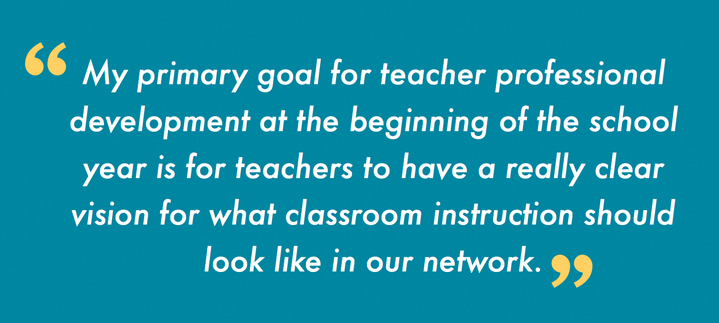Publications
Managing Networks for School Improvement: Seven Lessons from the Field
Workbook
Managing Networks for School Improvement: Seven Lessons from the Field

In recent decades, new networks for school improvement (NSI) have proliferated across the country. These emerging organizational structures present education leaders with an opportunity to build dynamic infrastructures to engage schools in improvements to teaching and learning. NSI are diverse. Some NSI are part of school districts, while others are contracted by school districts to design blueprints for school improvement. What all NSI have in common is a central hub supporting a set of member schools, like the center of a wheel and its spokes.
In this guidebook, the authors focus on common lessons for designing improvement infrastructures from the perspective of leaders across four different types of networks, including: Local district superintendents who support schools in a particular geographic area;
-
Field support centers, which partner with district superintendents in the intermediary space between the central office and schools;
-
Affinity organizations, which are independent non-profit organizations that work under contract from the central district office to support a select group of district schools; and
-
Charter school management organizations that operate outside the district, supporting their affiliated member schools.
The authors' aim is to better understand how NSI were responding to the increased demands of recent shifts to more rigorous college- and career-ready standards. The seven lessons outlined in this workbook emerged from interviews with central office administrators overseeing NSI and staff working innetwork hubs, as well as from observations of professional learning (PL) sessions provided by hubs. The authors hope these lessons are useful to your work improving teaching and learning in your school, network, or district.



